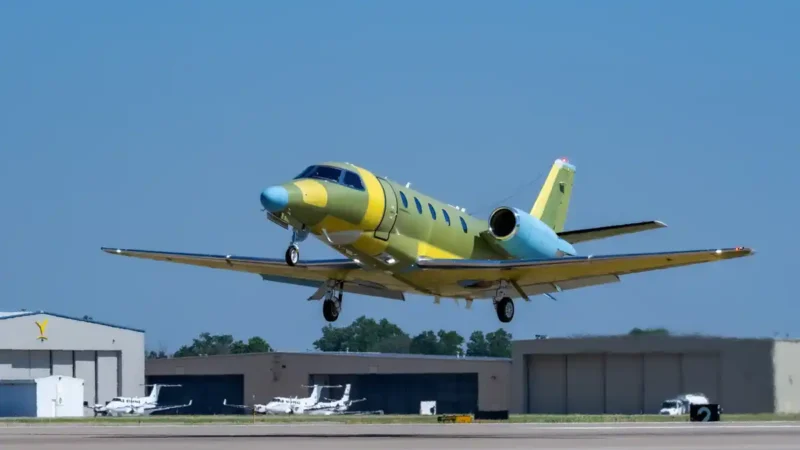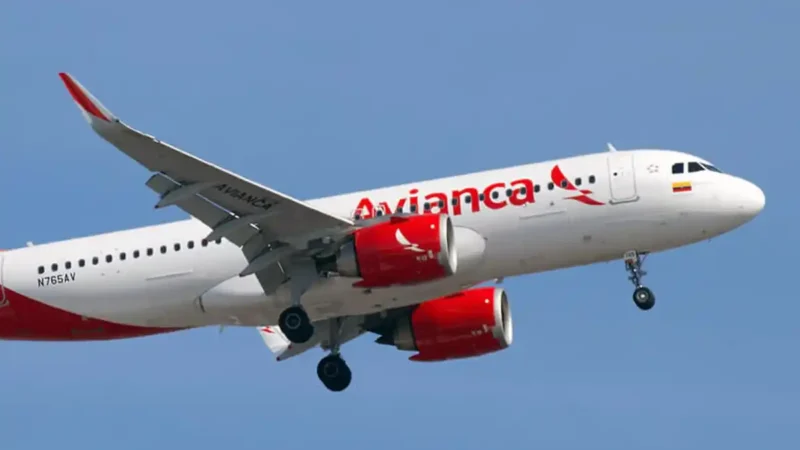A2-Cal Aptos Blue

Aptos Blue is a VTOL airplane, abbreviation of Vertical Takeoff And Landing Airplane, any of several unconventional aircraft with rotating wing systems, such as the helicopter and autogyro.
The first operational VTOL jet aircraft was the British Royal Air Force Harrier; its jet engines are mounted horizontally, with their blast deflected downward to effect vertical thrust for takeoff. It achieved high subsonic speeds in level flight.
An electric vertical take-off and landing (eVTOL) aircraft is a variety of VTOL (vertical take-off and landing) aircraft that uses electric power to hover, take off, and land vertically. Examples are being developed by aircraft companies such as Boeing, Airbus, Embraer, Honda, Toyota, Hyundai and NASA.
Aptos Blue
APTOS BLUE is an Electric Vertical Take-Off and Landing Ambulance capable of carrying 3 people over 450km, in 2 hours, on a single charge. It has been designed for the Royal Aeronautical Society International General Aviation Competition 2020, and won the first place.
About Jean-Francois Clavreul
Jean-Francois Clavreul is an aircraft designer based in Berkeley (California, USA), who has been part of the teams designing the AKOYA seaplane (LISA Airplanes), the Joby S4 eVTOL (Joby Aviation) and cargo UAVs (Camp6). Clavreul has designed his own aircraft, the Aptos Blue electric vertical takeoff and landing (eVTOL) aircraft for air ambulance service, and won the first place at the Royal Aeronautical Society General Aviation Design Competition in 2020.
The name Aptos Blue plays homage to the AKOYA seaplane aircraft made by the LISA Airplanes (France). A2-Cal is not a company at this time but will be the name Clavreul will choose once his company is officially a business. The company name translates to “Aerial Ambulances of California.”
Design
The Aptos Blue is a concept design eVTOL aircraft is an air ambulance which holds three passengers. One pilot, one emergency medical technician (EMT) and one patient. The patient is loaded in the rear of the aircraft, and the front canopy slides open for the pilot and EMT crew. It has an estimated cruise speed of 137 mph (220 km/h) and an estimated range of over 280 m (450 km).
The aircraft will need to have enough power to fly roundtrip missions without recharging. An air ambulance needs a long range capability to fly long distances for city to city travel, city to rural travel and rural travel. There are a total of eight propellers on the aircraft. All eight are used for VTOL flight, and two rear propellers tilt for forward flight.
The aircraft has a long range due to its long high wing and six foldable VTOL propellers which fit into two booms, reducing drag, during forward flight. The aircraft can land conventionally on a runway or street, or can land like a helicopter. There are two T-tails for stabilizing and optimizing forward flight.
The design of the aircraft is built on years of experience from other effective aircraft designs such as the Rutan Voyager and the ETA glider. A2-Cal is working on making a sub-scale demonstrator to validate the aircraft, and the demonstrator will have the option to be crewed or uncrewed.
Aptos Blue Specifications:
Aircraft type: eVTOL air ambulance aircraft
Piloting: 1 pilot
Capacity: 3 people (including the pilot)
Estimated Cruise Speed: 137 mph (220 km/h)
Estimated Range: 280 miles (450 km)
Maximum takeoff weight: 4,409 lb (2,000 kg)
Propellers: 8 propellers
Electric motors: 8 electric motors
Power source: 8 Lithium-ion batteries
Fuselage: Carbon fiber composite
Wingspan: 52-1/2 ft (16 m)
Windows: The entire nose of the aircraft is clear allowing forward, left, right and top visibility, for an excellent view by the pilot
Wings: One high long main wing
Tail: 2 T-tails attached to the rear of two booms, the booms are connected to the main high wing.
Landing gear: Tricycle wheeled retractable landing gear
Aptos Blue Safety Features
Distributed Electric Propulsion (DEP), provides safety through redundancy for its passengers and/or cargo. DEP means having multiple propellers and motors on the aircraft. If up to two motors or propellers fail, the other working motors and propellers can safely land the aircraft.
Two emergency inflatable floats are stored in the landing gear compartment and can be deployed in the event of a water landing. The airbags can also be deployed in the event of an anticipated hard VTOL landing. The aircraft can also land like a conventional aircraft if the VTOL propellers fail to deploy or are not working.




